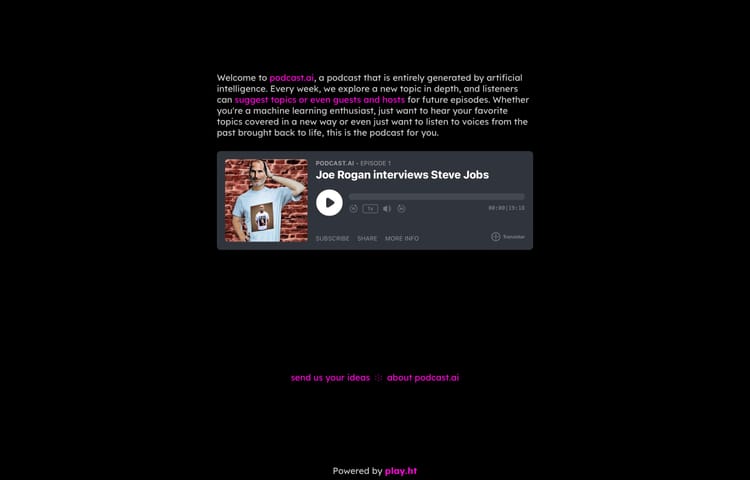5 important things I learnt when Blogging
Contents
1. Don’t just rely on your blog’s RSS feed
Firstly, I used a tool which generates an RSS feed for me, and once I did this, I thought that was it.
Once you have your RSS feed set-up, you should use an analytics feed tool such as https://feedburner.com. You tell it where your feed is, and they will generate a URL for you to use so others can subscribe to you.
Next, you need your blog or website to tell others about your feed. The tools they use tell them where your feed is. When they visit you, their blog will know you have a feed. Take the following code as an example…
https://developer.mozilla.org/en-US/docs/Web/RSS/Getting_Started/Syndicating
You will be even more thankful you can now track who subscribes and unsubscribes from your blog.
2. Make sure you can analyse your blog properly
This one may sound pretty obvious, but it can be easy to forget when setting up your blog. You need to ensure you either sign up to https://analytics.google.com/ or https://piwik.com. You can even use any analytics software which comes with your blog, as long as you understand it, and get results from it.
Next up, you need to ensure that you understand the analytics coming from your blog, read up some articles on the subject, and watch some Youtube videos and absorb as much information which they give you as possible.
3. Maximise landing pages on your blog
If you have a specific niche, you need to create beautiful landing pages and maximise your click-throughs.
4. Ensure you have the correct tools set up
We mentioned your feed is the most valuable tool to have set up. You should ensure you have your mailing lists, analytics, and landing pages complete.
You also really need to sit down and think about any others you could potentially need as the sooner you add them to your blog, the more useful they will be in the long run. By this, I mean that even if you feel like a tool might scare people away, or not bring constant viewers, you’ll never know until you implement these tools and test them. I went through this phase with email forms and pop-ups. I felt that people would get annoyed, and I left them for a very long time.
As soon as you feel a tool could be useful, start using it on your blog and test for further validation to ensure it is correct.
5. Don’t lose faith in your blog
Finally, never lose faith in your blog even if it feels like no one is watching, if you give it enough time, the viewers will start to show. Tell your friends, family and start socialising on other media sites.
Even when the viewers start showing, if it doesn’t fit your expectations, you still shouldn’t lose faith. Just lower your expectations and create more realistic goals.
I hope you enjoyed this post. If you did, please subscribe to hear more in the future and contribute to the discussion by commenting below. Thank you 🙏




Member discussion